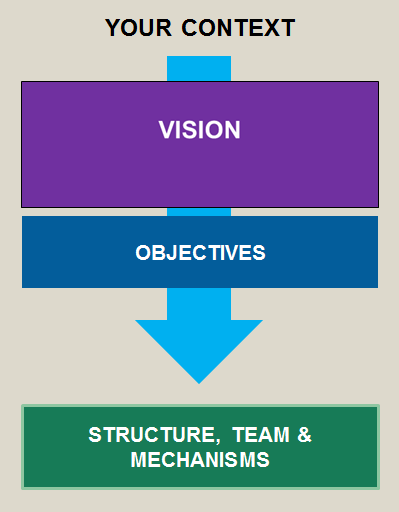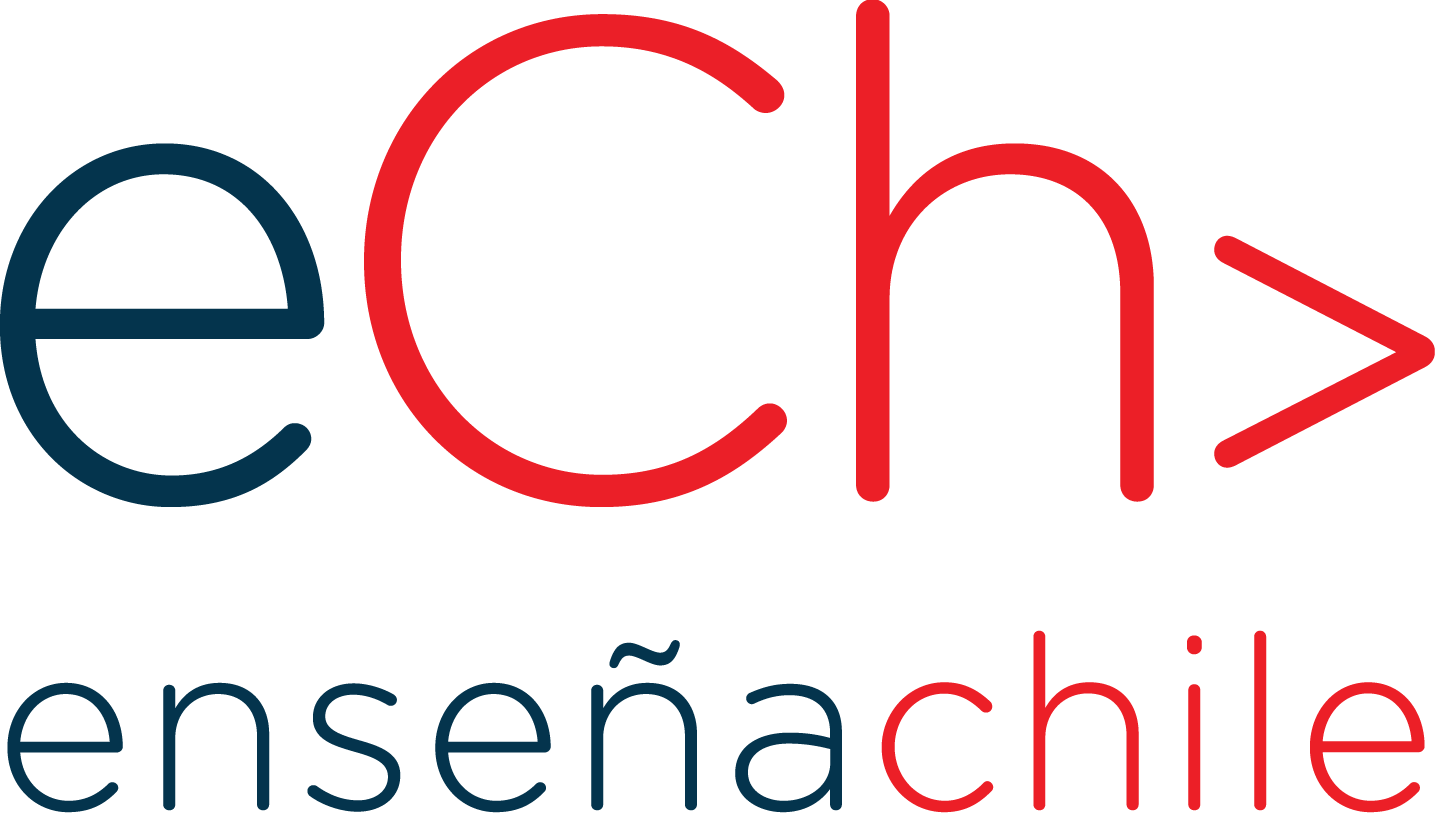
Workforce Planning
How will you leverage people, now and in the future, to achieve your organization's vision?

How will you leverage people, now and in the future, to achieve your organization's vision?

People are the primary drivers of progress in our network, and careful thought should go into the design and execution of your staffing strategy. The needs for your organization will change over time, so this work should be done frequently, and in conjunction with functional, individual development, and succession planning.
 Local Context and Organizational Vision Drive Decisions About Structure
Local Context and Organizational Vision Drive Decisions About Structure
Whether planning for your founding team, or deciding how to increase capacity for fellow coaching, staffing decisions are best made when informed by the external environment and in line with your vision. For instance, if you are considering bringing in more fundraising staff, be sure to consider the philanthropic environment, who else on staff can support these efforts, and the strategy and goals for the function before determining what role to add and who to hire for it.
Balance Programmatic and Administration Support
Partners often invest first in programmatic functions, but a strong fundraising capability and robust operations are necessary for growth and require investment as well. Partners should consider the right balance of resource investment in programmatic, public and private sector support, and operations functions.
Adapt Organizational Structures As Objectives, Capabilities And Context Change
Following best practices in organizational design can enable a more lean and agile organization. However, there is no single design that is right for all organizations. It is important to adapt based on your objectives, context, and existing talent and capabilities.
See Workforce Planning below. In general, it’s important to ensure that your key roles are filled first, followed by “investment” roles: roles that may not be required for core business today, but are needed to support the org in reaching upcoming scale or programmatic goals.
In general, it’s a good idea to combine roles that require similar competencies and experiences. Some examples of roles that are often combined:
This is very dependent on your strategy and context, since your local context will drive strategy and resource allocation. We recommend lean staffing structures, to maintain flexibility in your strategy.
Prepare in Advance to Support Sustainable Growth
It is helpful to have a medium term (3-5 year) plan with clear growth targets and objectives. This allows enough time for organizational structure, financial, and talent planning to support the expansion.
Workforce Planning can be done on an annual basis, or at the frequency that best suits your needs. It is a useful exercise to complete alongside strategic planning, so you ensure you have the talent you need to exercise strategies. If not, it is a good time of year to consider how you will develop your existing talent or what additional hires you may need to take on.
This answer will be different for everyone. Often people think of what they need to add as they grow. As you grow, it is just as important to look for the signs of once useful, but now unecessary roles, rules, traditions, processes, strategies, etc. Carefully consider what you may need to add or remove as you grow in order to maintain efficiency and effectiveness.
